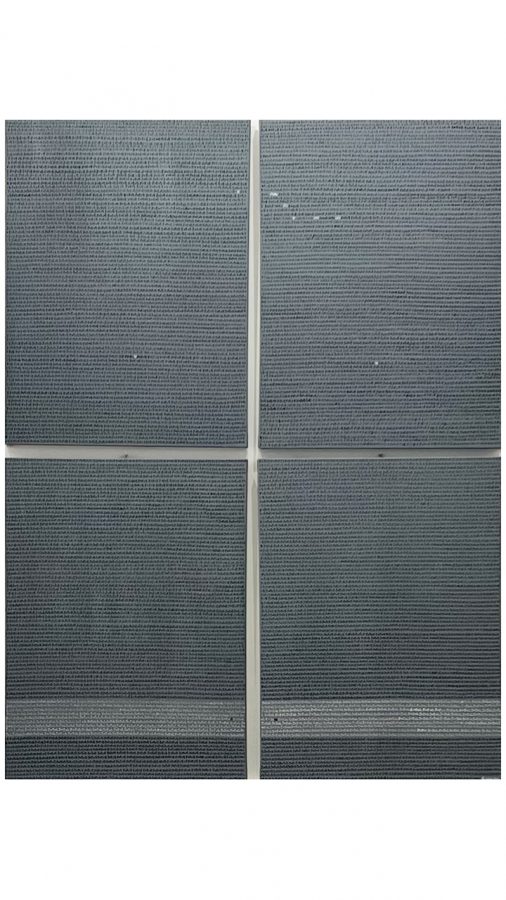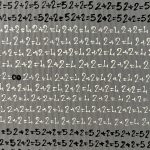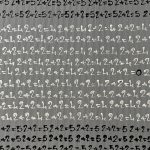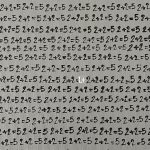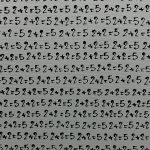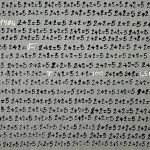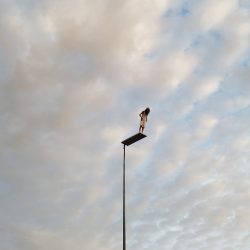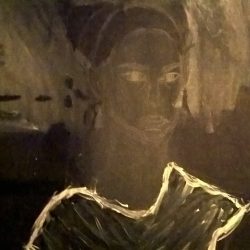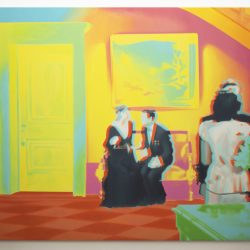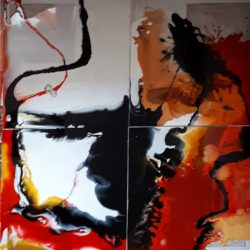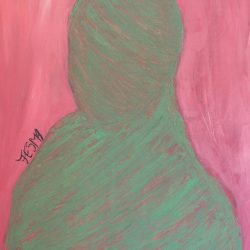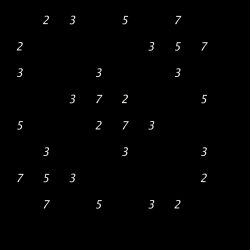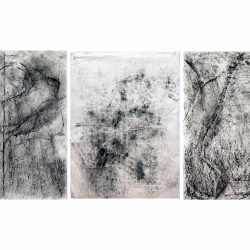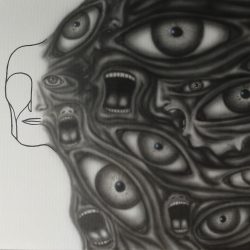work
2024=5
| category | Painting |
| subject | Political / Social |
| tags | distopia, manipolazione, società |
| base | 120 cm |
| height | 160 cm |
| depth | 5 cm |
| year | 2024 |
acrylic and mixed media on 4 canvases unique work
In the work “2024=5” every detail constitutes a piece of a conceptual puzzle that explores the conflict between common perception and reality distorted by social manipulation. The artist reveals the subtle imposition of a false equation: 2+2=5.
The obsessive graphic repetition of this formula on a metaphorical school blackboard symbolizes not only the knowledge imparted, but also the instrument of manipulation and coercion of thought. Furthermore, it represents the pervasiveness of the false narrative and the attempt to instill a distorted truth in the observer.
This additional concept underlines even more the importance of awareness and individual resistance in the face of social manipulation, inviting the viewer to reflect on the dynamics of power and control present in contemporary society. “If the party said that two plus two equals five, and sooner or later it will, we would have to believe it” - states the protagonist of George Orwell's book "1984" written in 1949.
In this intricate conceptual canvas, various literary references emerge that highlight the struggle against despotic power and individual repression: "Fahrenheit 451" (451) by Ray Bradbury, "Us" (√-1) by Evgenij Zamjatin, "Brave New World " (T) by Aldous Huxley, "Vox" (100) by Christina Dalcher, "A Clockwork Orange" (L+) by Anthony Burgess and "V for Vendetta" (V) by Alan Moore.
“The two times two four is no longer life, gentlemen, but the beginning of death,” says Fyodor Dostoevsky. This rebellion is aimed at a world that seeks to shape itself according to inescapable laws, to which humanity is forced to conform, thus undermining its own personality and individuality. And this is exactly why the "Underground Man" forcefully rejects the world of 2x2=4.
However, even in the darkness, there are flashes of rebellion and awareness embodied by all those who continue to defend the arithmetic truth, arguing that 2+2=4, and at that point the truth becomes subjective and variable, everyone can find their own truth from 0 to ∞.
The work is not limited to a mere conceptual exposition. Each number highlighted in the background serves as the electrode of a life-size electrocardiogram, which is probing the observer's vitality and awareness. A clear invitation to the observer towards a profound reflection on the individual perception of reality and on one's resistance to social manipulation.
Composed of four canvases that reveal themselves as a unicum, it returns the concept of the fifth dimension, thus returning to the central theme of 2+2=5 and transforming itself into a multisensory experience that invites us to reflect and explore the nuances of truth and perception in society .
In the work “2024=5” every detail constitutes a piece of a conceptual puzzle that explores the conflict between common perception and reality distorted by social manipulation. The artist reveals the subtle imposition of a false equation: 2+2=5.
The obsessive graphic repetition of this formula on a metaphorical school blackboard symbolizes not only the knowledge imparted, but also the instrument of manipulation and coercion of thought. Furthermore, it represents the pervasiveness of the false narrative and the attempt to instill a distorted truth in the observer.
This additional concept underlines even more the importance of awareness and individual resistance in the face of social manipulation, inviting the viewer to reflect on the dynamics of power and control present in contemporary society. “If the party said that two plus two equals five, and sooner or later it will, we would have to believe it” - states the protagonist of George Orwell's book "1984" written in 1949.
In this intricate conceptual canvas, various literary references emerge that highlight the struggle against despotic power and individual repression: "Fahrenheit 451" (451) by Ray Bradbury, "Us" (√-1) by Evgenij Zamjatin, "Brave New World " (T) by Aldous Huxley, "Vox" (100) by Christina Dalcher, "A Clockwork Orange" (L+) by Anthony Burgess and "V for Vendetta" (V) by Alan Moore.
“The two times two four is no longer life, gentlemen, but the beginning of death,” says Fyodor Dostoevsky. This rebellion is aimed at a world that seeks to shape itself according to inescapable laws, to which humanity is forced to conform, thus undermining its own personality and individuality. And this is exactly why the "Underground Man" forcefully rejects the world of 2x2=4.
However, even in the darkness, there are flashes of rebellion and awareness embodied by all those who continue to defend the arithmetic truth, arguing that 2+2=4, and at that point the truth becomes subjective and variable, everyone can find their own truth from 0 to ∞.
The work is not limited to a mere conceptual exposition. Each number highlighted in the background serves as the electrode of a life-size electrocardiogram, which is probing the observer's vitality and awareness. A clear invitation to the observer towards a profound reflection on the individual perception of reality and on one's resistance to social manipulation.
Composed of four canvases that reveal themselves as a unicum, it returns the concept of the fifth dimension, thus returning to the central theme of 2+2=5 and transforming itself into a multisensory experience that invites us to reflect and explore the nuances of truth and perception in society .



